Blaisdell Distinguished Alumni Awards for 2014
The Blaisdell Distinguished Alumni Award honors alumni for achievement in their professions or community service, particularly those who have lived up to the quotation from James A. Blaisdell which is inscribed into the gates of the College: “They only are loyal to this college who departing bear their added riches in trust for mankind.” This year, there are three winners:
Ifeanyi “Tony” Menkiti’64 taught philosophy at Wellesley College for 40 years and is the author off our collections of poetry: Before a Common Soil (2007), Of Altair, the Bright Light (2005), The Jubilation of Falling Bodies (1978), and Affirmations (1971). He is the owner of the Grolier Poetry Book Shop in Harvard Square, the nation’s oldest continuous all-poetry bookshop.
Born in Onitsha, Nigeria, he came to Pomona in 1961 on the ASPAU program (African Scholar-ship Program of American Universities). After Pomona, he attended Columbia University Pulitzer School of Journalism, New York University and Harvard University. In 1975, he received a fellowship in poetry from the Massachusetts State Council on the Arts and Humanities, followed in 1978 by an award from the National Endowment for the Arts. In addition to his collections, his poems have appeared in Sewanee Review, Ploughshares, New Directions, The Massachusetts Review and other publications.
In 1996, he received the Pinanski Prize for Excellence in Teaching from Wellesley College.
Joe Palca’74 has been a science correspondent for National Public Radio since 1992. He has covered a range of topics, from biomedical research to astronomy, and is currently focused on the series, Joe’s Big Idea, which explores the minds and motivations of scientists and inventors.
Palca began his career in 1982 as a health producer for the CBS affiliate in Washington,D.C. In 1986, he began a seven-year stint as a print journalist, first with Nature and then with Science Magazine. In 2009, he took a six-month leave from NPR to become science writer in residence at The Huntington Library, Art Collections and Botanical Gardens.
Palca has won numerous awards for his work,including the National Academies Communications Award, the Science-in-Society Award of the National Association of Science Writers and the American Association for the Advancement of Science Journalism Prize. With Flora Lichtman, Palca is the co-author of Annoying: The Science of What Bugs Us (Wiley, 2011).
A psychology major at Pomona, he later earned both an M.S. and a Ph.D. in psychology at UC Santa Cruz, where he studied human sleep physiology.
Rip Rapson’74 is president and CEO of The Kresge Foundation, a national, private foundation based in Detroit. Since 2006, he has led Kresge in developing programs in arts and culture, education, environment, health,human services and the renewal of Detroit, distributing approximately $150 million annually.
Rapson was a political science major at Pomona, graduating magna cum laude. After at-tending Columbia Law School, he joined the Minneapolis law firm of Leonard, Street and Deinard. He was recruited in 1989 to become the deputy mayor of Minneapolis under Mayor Don Fraser, and was primary architect of the pioneering Neighborhood Revitalization program, a 20-year, $400 million effort to strengthen Minneapolis neighborhoods.
Prior to joining Kresge, Rapson was president of the Minnesota-based McKnight Foundation and also launched the Itasca Project, a private sector-led effort to develop a new regional agenda fort he Twin Cities.
He is the author of two books: Troubled Waters, a chronicle of the Boundary Waters Canoe Area Wilderness Act legislation, and Ralph Rap-son: Sixty Years of Modern Design, a biography of his father, a renowned architect.Inspirational Young Alumni Award Lt.
Inspirational Young Alumni Award
Francine Segovia’04, a U.S. Navy Reserve research psychologist at the Robert E.Mitchell Center for Prisoner of War Studies, assists survivors recovering from post-traumatic stress disorder (PTSD). She is part of a team of scientists and medical specialists examining how optimism and resilience may boost the health of extreme trauma victims.
Segovia, who will return to active-duty service at the U.S. Naval Medical Center in San Diego, attributes her research skills to experience she gained while at Pomona, including participation in the Summer Undergraduate Research Program (SURP). “The critical thinking skills graduates from an institution like Pomona possess have a direct impact on all your work moving forward,” she says. “These skills have helped me tremendously as I navigated my career.”
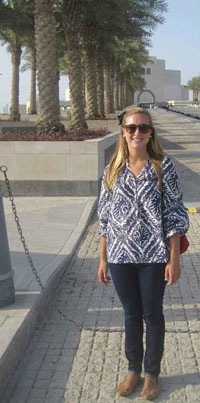 TAKING ON A CHALLENGE Gutowski studied the language for several years in college and even spent some time in the Middle East while she was a student at Pomona, including a semester in Jordan during her junior year. “In Jordan I learned how to conduct my life in Arabic. I could negotiate my rent, get around the city, and attend college classes.”
TAKING ON A CHALLENGE Gutowski studied the language for several years in college and even spent some time in the Middle East while she was a student at Pomona, including a semester in Jordan during her junior year. “In Jordan I learned how to conduct my life in Arabic. I could negotiate my rent, get around the city, and attend college classes.”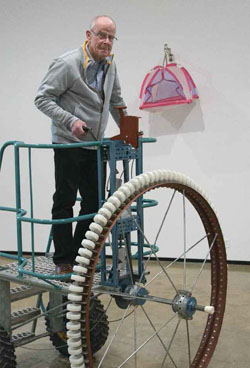 Q: What’s the philosophy behind moving sculpture?
Q: What’s the philosophy behind moving sculpture?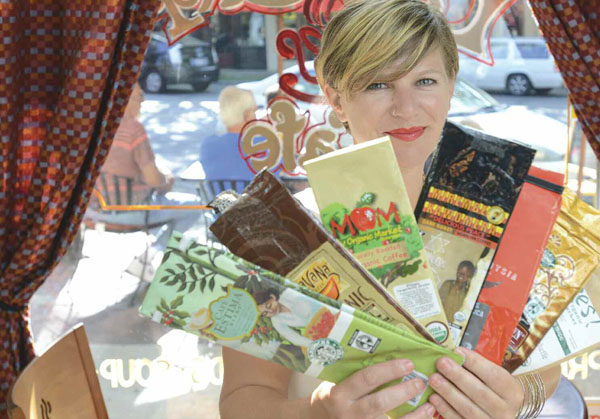
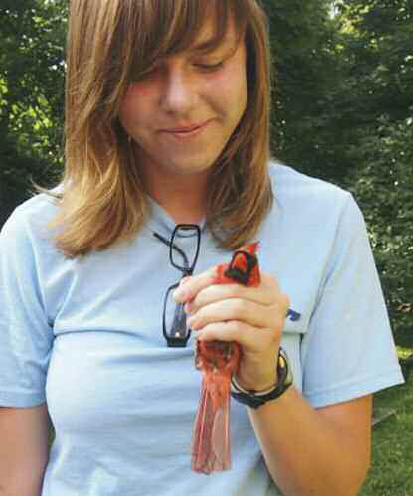 GETTING THE BIG PICTURE
GETTING THE BIG PICTURE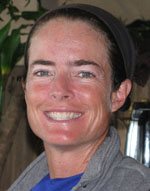 Brenda Peirce Barnett ’92
Brenda Peirce Barnett ’92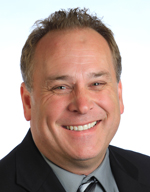 Paul Farmer ’92
Paul Farmer ’92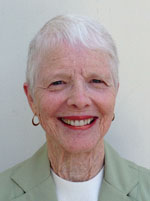 Peggy Schuler Olson ’61
Peggy Schuler Olson ’61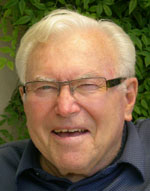 Bruce Prestwich ’55
Bruce Prestwich ’55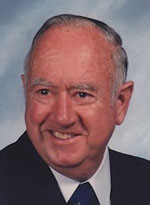 Roger Reinke ’51
Roger Reinke ’51

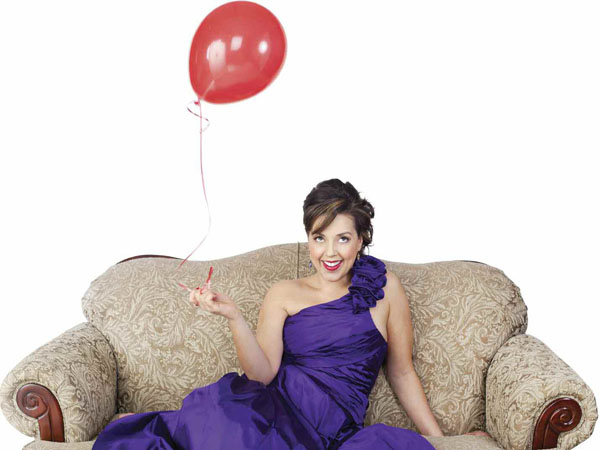
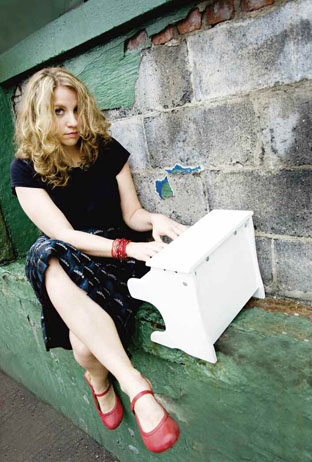
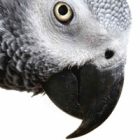
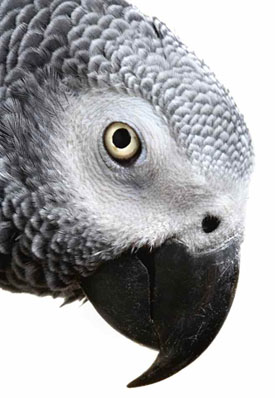 And yet, during much of the 20th century, with the ascendancy of behaviorism in both human and animal psychology, it was strictly taboo in most scientific circles to speak of animals having minds or feelings. The very idea was mocked as anthropomorphic thinking—that sentimental human tendency to project our own motivations onto things around us, from the balky station wagon that won’t start to those vicious weeds that invade our garden each summer. Even Darwin, who, in his time, speculated freely about the cognitive abilities of all sorts of animals, from lizards to apes, was considered naive in this regard. And so, for much of the century, science moved forward in the unshakable conviction that not only was animal thought and emotion unknowable; it was out of the question. Animals did not love.They did not suffer. They did not think or plan or communicate in meaningful ways.
And yet, during much of the 20th century, with the ascendancy of behaviorism in both human and animal psychology, it was strictly taboo in most scientific circles to speak of animals having minds or feelings. The very idea was mocked as anthropomorphic thinking—that sentimental human tendency to project our own motivations onto things around us, from the balky station wagon that won’t start to those vicious weeds that invade our garden each summer. Even Darwin, who, in his time, speculated freely about the cognitive abilities of all sorts of animals, from lizards to apes, was considered naive in this regard. And so, for much of the century, science moved forward in the unshakable conviction that not only was animal thought and emotion unknowable; it was out of the question. Animals did not love.They did not suffer. They did not think or plan or communicate in meaningful ways.
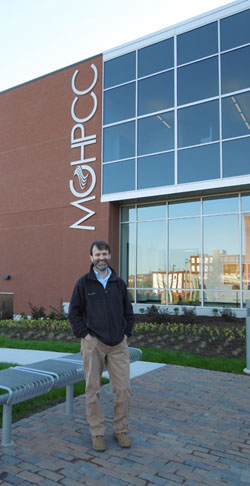 At the groundbreaking ceremony, Gov. Patrick said the facility serves as an economic development model for the state and the nation. Kepner, meanwhile, sees the MGHPCC as an example of how scientists can take the lead in working to counteract the potentially devastating impact of climate change.
At the groundbreaking ceremony, Gov. Patrick said the facility serves as an economic development model for the state and the nation. Kepner, meanwhile, sees the MGHPCC as an example of how scientists can take the lead in working to counteract the potentially devastating impact of climate change.